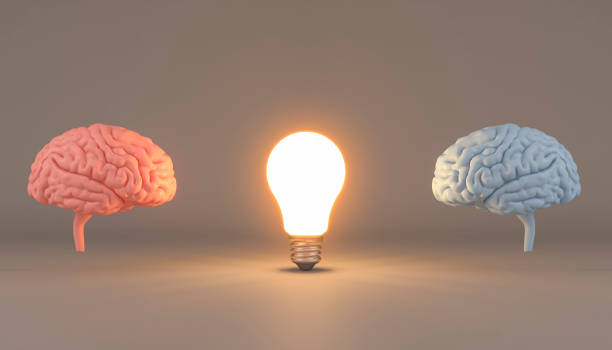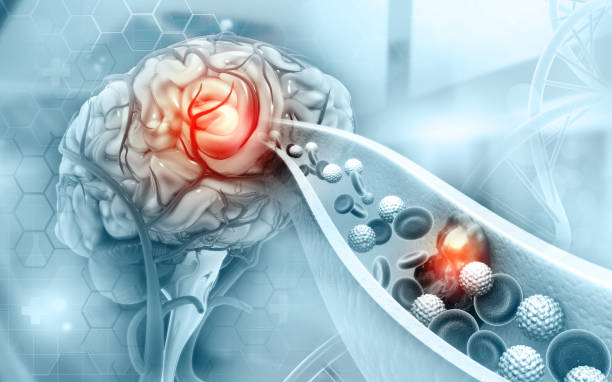How many brain parts are there?
The human brain is not just one of the most vital organs in the human body; it is also the most complicated. The brain is made up of billions of neurons, as well as a variety of specialized components that each perform critical roles. While researchers still don't know much about the brain, they have learnt a lot about its architecture and function. Understanding these components can help individuals understand how sickness and injury can influence the brain and its capacity to operate.
The cerebrum, cerebellum, and brainstem are the three major components of the human brain. The cerebrum is the brain's biggest structure (about 85 percent of its total weight). It is in charge of emotions, cognition, memory, and speech. It is split into right and left halves, known as hemispheres, and each side is further divided into portions known as lobes. Its thick outer layer, known as the cortex, is formed of gray matter tissue. The cerebellum regulates motions that we don't typically think about: it helps us walk erect and straight, it keeps us balanced so we don't fall over, and it provides us coordination. The brainstem connects the brain with the spinal cord. It controls our body’s vital processes, such as breathing, digestion, and heart rate.

















